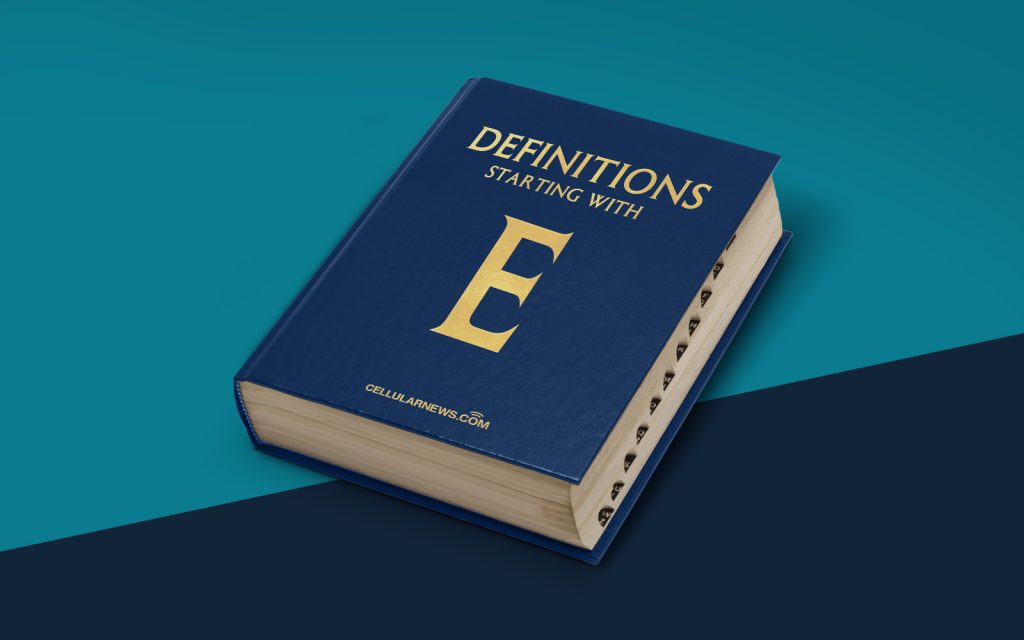
Understanding End-of-Life Products (EOL Products)
Welcome to the world of technology, where innovation is constant, and products are continually being upgraded and replaced. In this fast-paced industry, you may have come across the term “End-of-Life Product” or EOL Product. But what exactly does it mean? In this article, we will explore the definition of an EOL Product, its significance, and why it’s essential to be aware of them.
Key Takeaways
- An End-of-Life Product (EOL Product) refers to a product that is no longer being manufactured, sold, or supported by its manufacturer or vendor.
- Investing in an EOL Product can pose risks such as limited availability of parts, lack of technical support, and potential security vulnerabilities.
Now, let’s delve deeper into the world of EOL Products.
What is an End-of-Life Product?
An End-of-Life Product (EOL Product) refers to a product that is no longer being produced, sold, or supported by its manufacturer or vendor. When a product reaches its end-of-life stage, it means that the manufacturer has made a strategic decision to discontinue the product’s manufacturing and distribution.
EOL Products can belong to various industries, including technology, automotive, home appliances, and more. These products may range from electronics like smartphones, laptops, and gaming consoles to appliances like washing machines, refrigerators, and air conditioners.
Why are End-of-Life Products Important to Understand?
Understanding EOL Products is crucial for consumers, businesses, and organizations for several reasons:
- Availability of Parts: As the manufacturer discontinues the product, the availability of spare parts may become limited. This can lead to difficulties in repairing and maintaining the product, resulting in increased costs and downtime.
- Lack of Technical Support: When a product reaches its end-of-life stage, the manufacturer may reduce or completely terminate technical support. This means that if you encounter any issues or need assistance, you may have limited or no support available.
- Security Vulnerabilities: With the end of product support, manufacturers may no longer release updates or patches to address security vulnerabilities. This leaves the product at a higher risk of being exploited by cyber threats.
Furthermore, businesses and organizations need to consider end-of-life product management as part of their technology roadmap and procurement strategy. Evaluating the lifecycle and availability of a product is essential for making informed decisions and minimizing the risk of investing in obsolete technology.
It’s crucial to stay informed about the life cycle status of the products you plan to purchase or are currently using. By understanding the end-of-life stage, you can make better decisions, ensure the continuity of your operations, and minimize any potential risks associated with EOL Products.
Remember, being proactive and staying up to date with the latest technology trends and product life cycles can save you time, money, and headaches in the long run.
